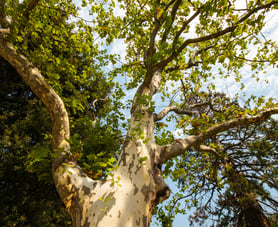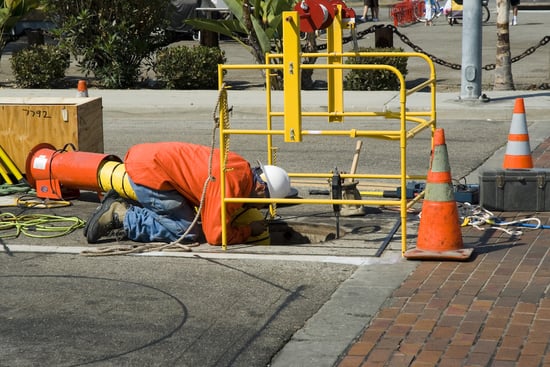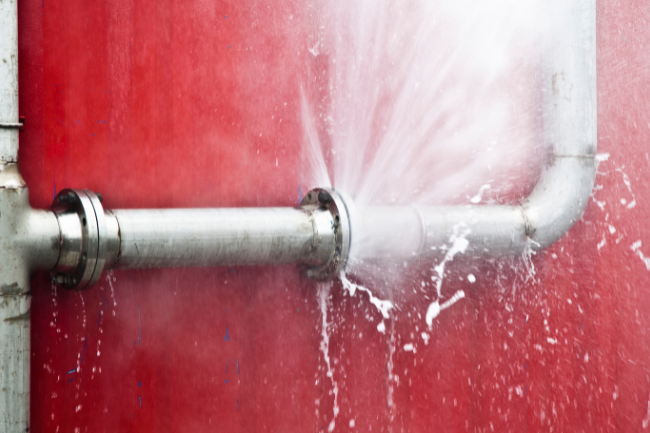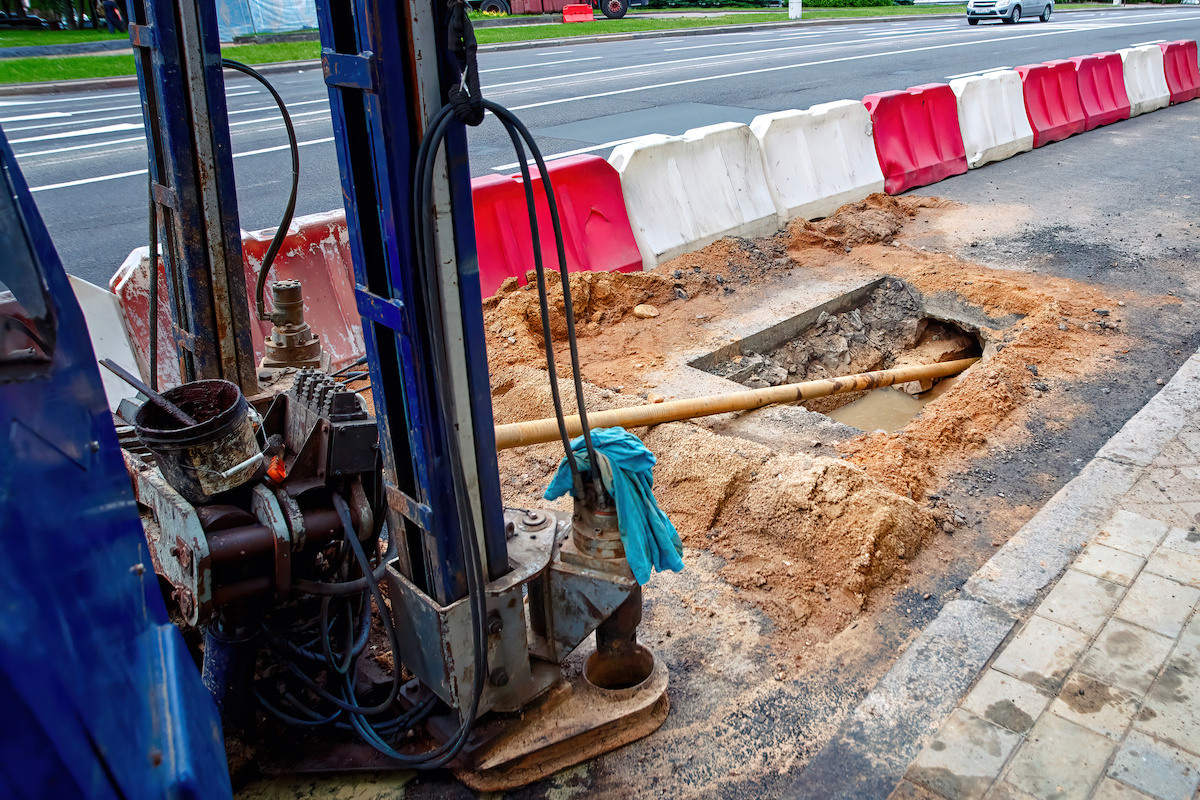Hydro Jetting & Root Intrusion: SAC Reader Response #2
Posted by William Heinselman on

We recognize that excellent plumbing service extends beyond the work done onsite - which is why we’ve recently begun answering your plumbing and pipe repair questions directly in our new blog series. This an opportunity for you to ask our plumbing experts directly about best practices for plumbing, DIY projects and trenchless applications overall. Use the form on this page to ask away!
In the first entry of our Reader Response series, we responded directly to reader questions about water heater leaking and pipe repair for pipes beneath driveways. In the second entry of the series, we answer questions about the true cost of hydro-jetting and repairing pipes damaged by tree roots. Let’s get started!
1.) How Much Does Hydro-Jetting Cost?
Hydro-jetting is one of the most effective ways to remove severe clogging within main sewer pipes. Think of the technology as power washing for the inside walls of sewer lines. In addition to clog clearing, the technology is also commonly used before and after pipe lining repair, to ensure successful application. While plumbing snakes are ideal for minor clogs in home and commercial drain pipes, hydro-jetting serves as the best possible solution for tough clogging within actual sewer lines.
Hydro-jetting comes with a higher up-front cost than snaking, however; in a typical application, professional hydro-jetting will cost anywhere from $350-600. Despite this cost, hydro-jetting is the most effective way to eliminate stubborn sewer pipe clogs outright, and should always be included with other trenchless applications to make sure projects are done right the first time.
For severe sewer line clogs, there’s often little time to “shop around” and barter for better hydro-jetting deals. Try finding a plumbing service professional that offers up-front rates for their work or service guarantees for any subsequent problems with the pipe.
2.) Do I Need to Replace Pipes Affected by Tree Roots?
 Root intrusion is one of the most common and expensive sewer pipe problems homeowners face, along with pipe deterioration, faulty installation and warping. Traditionally, severe root intrusion could only be resolved by manually excavating and replacing the line. However, modern alternatives have made it possible for homeowners to not just save money on root intrusion repair, but also to avoid digging out their properties altogether.
Root intrusion is one of the most common and expensive sewer pipe problems homeowners face, along with pipe deterioration, faulty installation and warping. Traditionally, severe root intrusion could only be resolved by manually excavating and replacing the line. However, modern alternatives have made it possible for homeowners to not just save money on root intrusion repair, but also to avoid digging out their properties altogether.
Trenchless pipe lining, when paired with the hydro-jetting technology mentioned above, serves as a valuable alternative for restoring damaged pipes that run directly beneath trees or other surface obstructions; obstructions that make conventional pipe replacement impractical. Pipe lining, which essentially creates plastic, seamless pipe walls within damaged pipe segments, can be much more affordable than trenching.
As the new pipe walls form a single-bodied and durable pipe length, they are well-suited to withstand repeat root damage. Pipes damaged by tree roots do not have to be replaced; plumbing innovations over the past few decades have made it possible to fully restore damaged pipe lines and segments from within, without expensive or troublesome digging.
Topics: Trenchless Technology, Sewers







